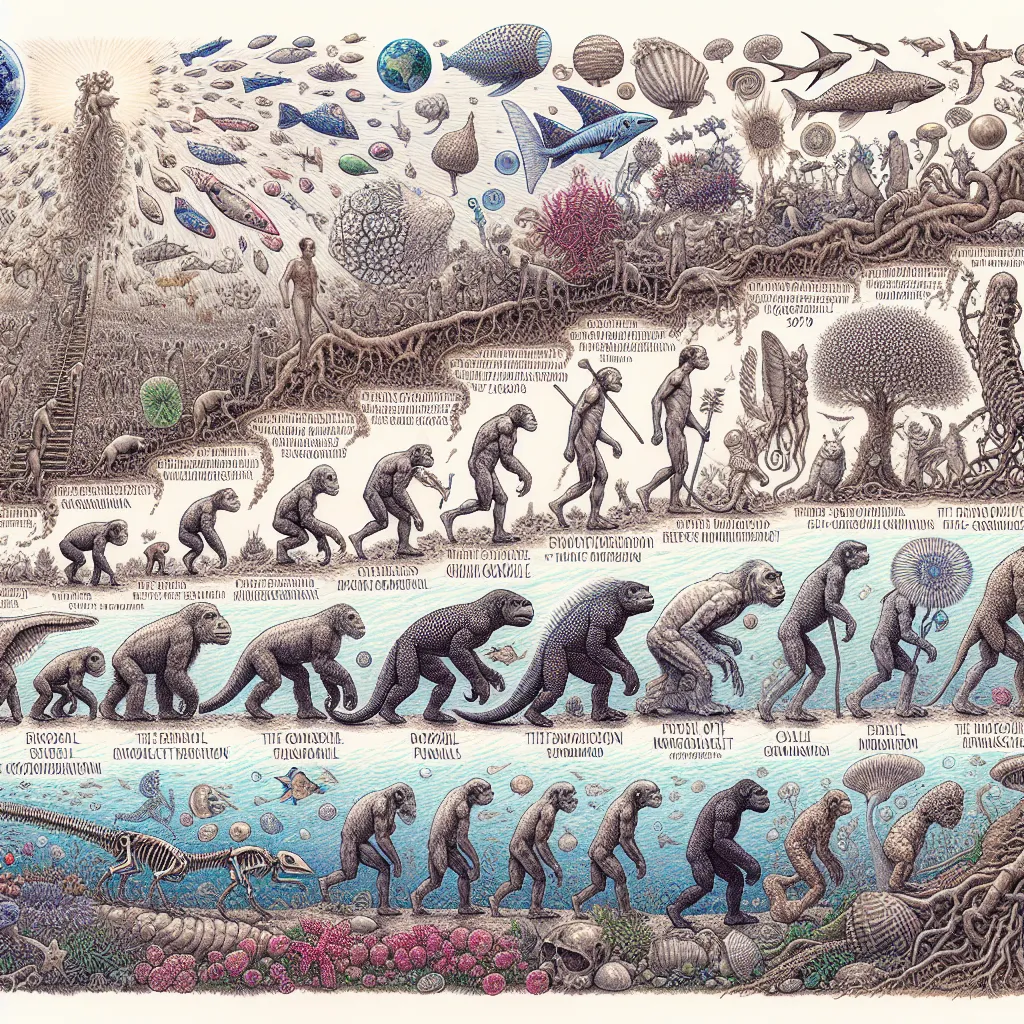In the spring of 2003, the world faced a chilling reminder of its vulnerability to nature’s unseen threats. SARS, or severe acute respiratory syndrome, erupted seemingly out of nowhere, spreading fear and panic with a speed that left global health officials scrambling to respond.
The outbreak’s epicenter was initially Hong Kong, quickly becoming a city on edge as the virus infected 1,500 people and claimed over 130 lives. Panic spread faster than the virus itself, as residents adopted precautionary measures, donning masks and avoiding public spaces to prevent transmission.
But SARS did not start in Hong Kong. Medical investigators tracked its origins to rural China, speculating that it may have jumped from animals to humans. Patient Zero was identified as Professor Liu Jian Lun, a medical consultant from Guangdong Province. He unknowingly carried the virus to Hong Kong, where it began its deadly journey across the globe.
One of the scariest aspects of SARS was its mysterious nature. Initial symptoms like coughing and fever could easily be mistaken for common flu. But within days, patients developed severe pneumonia, struggling for breath as their lungs filled with fluid.
As SARS spread, so did the efforts to combat it. In Toronto, Canada, a “War Room” was established, where health officials tracked the disease and imposed quarantines. Toronto faced significant outbreaks, with healthcare workers among the victims. The city’s hospitals had to go into overdrive, enforcing strict isolation measures and grappling with the fear among medical staff.
Scientists around the world joined forces in an attempt to identify and understand the virus. A breakthrough came in early April when researchers in Hong Kong isolated the virus, identifying it as a type of coronavirus—a family typically associated with the common cold but now linked to this deadly outbreak.
The spread of SARS highlighted the interconnectedness of our modern world. Air travel enabled the virus to leap continents, reaching as far as Canada, Europe, and beyond. Governments worldwide raced to implement screening and quarantine measures to contain the virus’s spread.
The SARS epidemic eventually subsided, but not without leaving a lasting impact. It underscored the importance of global cooperation in the face of infectious diseases. It showed how quickly a new virus could spread in our interconnected world and how critical it is to have rapid response mechanisms in place.
Learning from SARS, health officials and governments have taken steps to better prepare for future outbreaks. Surveillance systems have been improved, and international communication channels have been strengthened. Yet, the memory of SARS serves as a stark reminder that in the battle against nature’s microscopic enemies, vigilance and preparedness are our best defenses.






